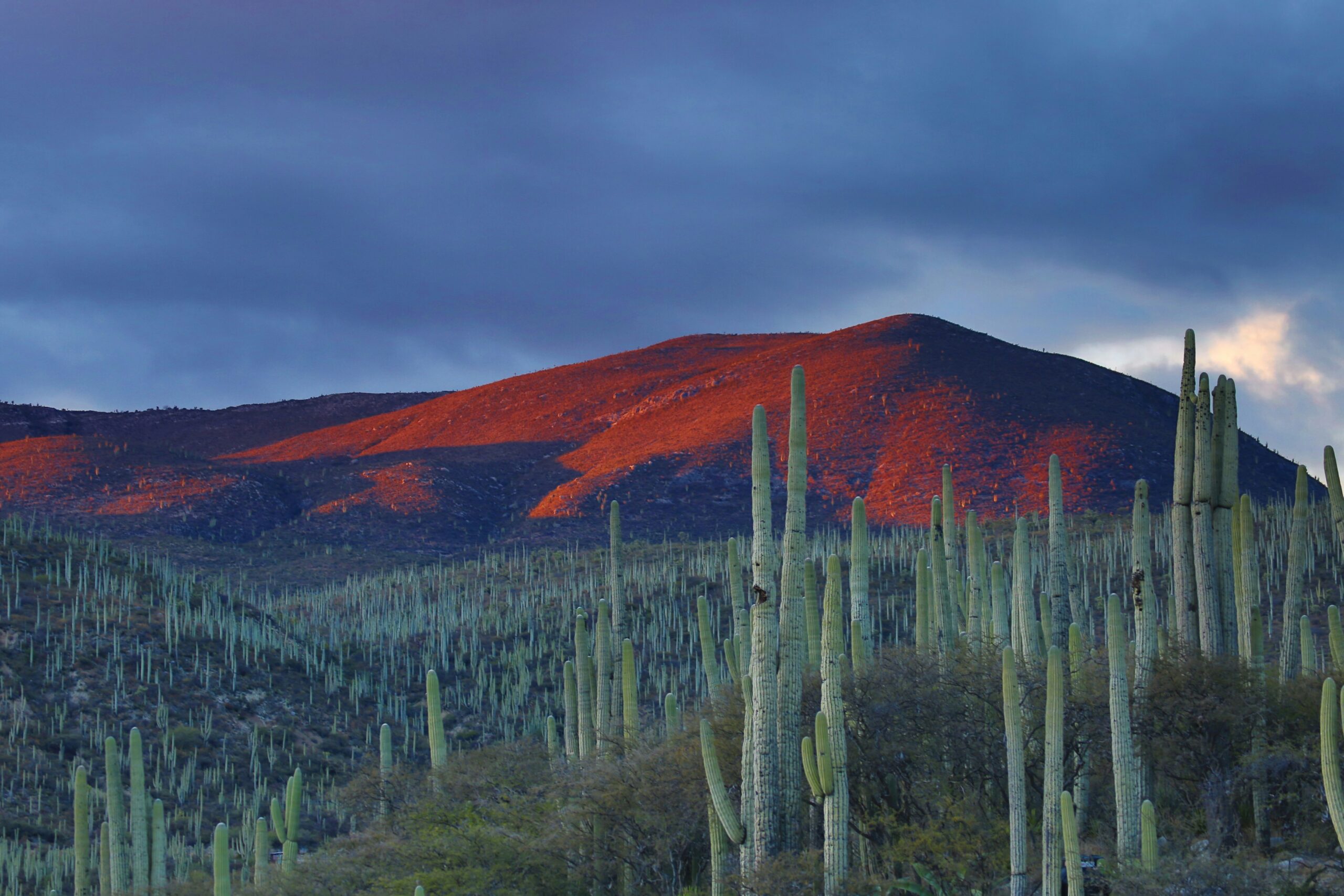On April 7, 2025, Governor Michelle Lujan Grisham signed Senate Bill 219—officially titled the Medical Psilocybin Act—into law, making New Mexico the third state in the nation to establish a regulated psychedelic therapy program. Following in the footsteps of Oregon and Colorado, the Act opens the door for patients in New Mexico to access psilocybin for therapeutic use. Notably, New Mexico is the first state to enact such a program through traditional legislation, with the bill passing decisively in both chambers: 56–8 in the House (with 6 abstentions) and 33–4 in the Senate (with 5 abstentions). This strong bipartisan support underscores the growing momentum behind psychedelic-assisted therapy. So, what might the next chapter of psychedelic treatment look like in the Land of Enchantment?
Medical Psilocybin Act
The New Mexico Department of Health (“Department”) will lead the development and oversight of the state’s medical psilocybin program, which will include establishing training protocols for producers and clinicians, setting treatment and safety standards, and implementing compliance requirements. A nine-member Medical Psilocybin Advisory Board will also be formed, representing diverse perspectives, including a member of a New Mexico-based tribal nation, a U.S. veteran, a behavioral or mental health equity advocate, and licensed health care professionals.
Under the Act, a “qualifying patient” is currently defined as someone deemed medically appropriate for psilocybin treatment by a licensed clinician, based on a diagnosis of a qualifying condition. Currently, “qualifying conditions” include treatment-resistant major depression, PTSD, substance use disorders, end-of-life care needs, and other conditions approved by the Department.
Approved clinicians—licensed New Mexico health care providers with permits from the Department—will facilitate treatment by providing preparation, administration, and integration sessions to qualified patients in the state. Separately, permitted “producers” will be authorized to cultivate, harvest, process, and manufacture psilocybin for therapeutic use.
To support accessibility and research, the Act establishes two funding mechanisms: (1) the Medical Psilocybin Treatment Fund, which will subsidize treatment for eligible low-income patients, and (2) the Medical Psilocybin Research Fund, which will provide grants to state research institutions and health care providers exploring the therapeutic potential of psilocybin.
To ensure efficient implementation of the Act, the medical use of psilocybin program must be administered by December 31, 2027.
Conclusion
New Mexico’s Medical Psilocybin Act marks a significant step in the evolving landscape of mental health treatment and psychedelic therapy. With a thoughtful, structured approach led by the Department, the state is poised to build a safe, accessible, and scientifically informed program. By prioritizing patient care, professional training, community representation, and ongoing research, New Mexico is setting the stage for a new era of healing in the Land of Enchantment. As the implementation process unfolds, all eyes will be on how the state balances innovation with responsibility—and what impact this groundbreaking initiative will have on the lives of those seeking alternative paths to wellness.

